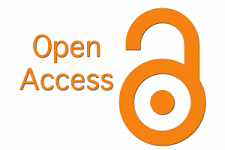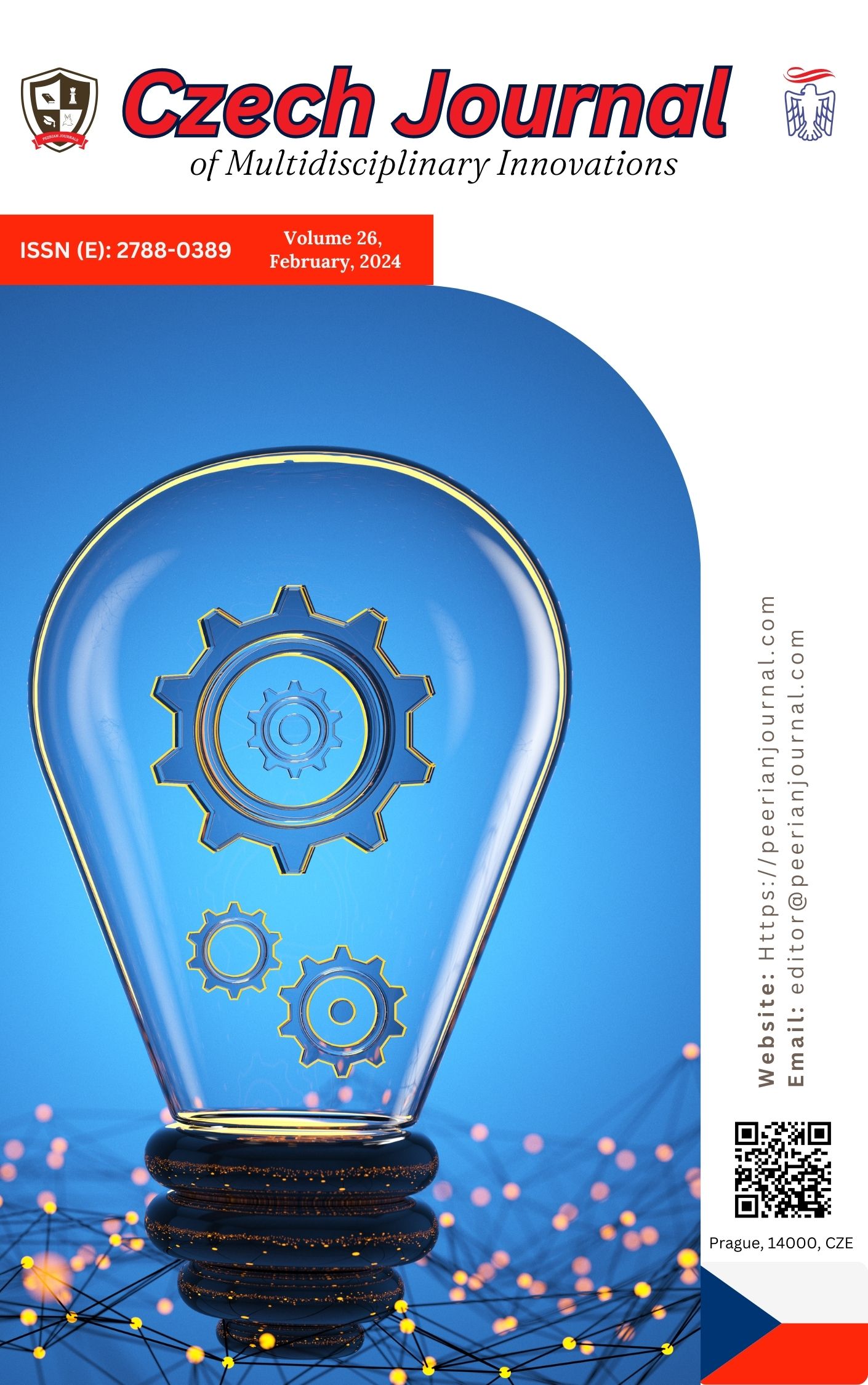Family Size And Educational Level Of Parent As Correlates Of Child Abuse Among Teenagers In Mbo Local Government Area
DOI:
https://doi.org/10.5281/zenodo.10670332Keywords:
Family Size, Educational Level, Parent, CorrelatesAbstract
The study assessed the family size and educational level of parent in relationship to child abuse among teenagers in Mbo Local Government Area. In carrying out the study, a survey research design was adopted for this study. The study was carried out in Mbo Local Government Area. The targeted population for the study comprised all teenagers in Mbo local government area of Akwa Ibom State. A simple random sampling technique was used to select a total of 220 teenagers for the study. The instrument used for data collection was a structured questionnaire titled “Social Variables and Child Abuse Questionnaire (SVCAQ)”. Face and content validation of the instrument was carried out by an expert in test, measurement, and evaluation in order to ensure that the instrument has the accuracy, appropriateness, and completeness for the study under consideration. The reliability coefficient obtained was 0.83, and this was high enough to justify the use of the instrument. The researcher subjected the data generated for this study to appropriate statistical techniques such as descriptive statistics meant to answer the research questions and simple regression analysis meant to test the hypothesis. The test for significance was done at 0.05 alpha levels. Based on the findings of the work it can be concluded that the educational status of the parent, family size, and income level of the parent have significant effect on child abuse among teenagers in Mbo Local Government Area. This in turn contributes immensely to engagement in robbery, and rapes. One of the recommendations made was that government at all level should encourage on family planning in order to help control rate of child bearing to a bearable size to avert child labour.
References
Becker, G. S., & Lewis, H. G. (2014). On the Interaction between the Quantity and Quality of Children. Journal of Political Economy, 81(2), S279-S288.
Bongaarts, J., & Casterline, J. (2013). Fertility Transition: Is Sub-Saharan Africa Different? Population and Development Review, 38 (Suppl), 153–168.
Conde-Agudelo, A., Rosas-Bermúdez, A., & Kafury-Goeta, A. C. (2006). Birth Spacing and Risk of Adverse Perinatal Outcomes: A Meta-analysis. JAMA, 295(15), 1809–1823.
McLanahan, S. (2004). Diverging Destinies: How Children Are Faring Under the Second Demographic Transition. Demography, 41(4), 607–627.
Treas, Judith 1981 Postwar Trends in Family Size. Demography 18:321–334.
Berger, L. M., & Waldfogel, J. (2011). Economic Determinants and Consequences of Child Maltreatment. OECD Social, Employment and Migration Working Papers, No. 111, OECD Publishing. https://doi.org/10.1787/5kg0dpdxlfgv-en
Lee, S. J., Taylor, C. A., & Bellamy, J. L. (2012). Paternal depression and risk for child neglect in father-involved families of young children. Child Abuse & Neglect, 36(5), 461–469. https://doi.org/10.1016/j.chiabu.2012.02.010
Sedlak, A. J., Mettenburg, J., Basena, M., Petta, I., McPherson, K., Greene, A., & Li, S. (2010). Fourth National Incidence Study of Child Abuse and Neglect (NIS-4): Report to Congress. U.S. Department of Health and Human Services, Administration for Children and Families.
UNESCO. (2015). Education 2030: Incheon Declaration and Framework for Action. UNESCO.
World Bank. (2018). World Development Report 2018: Learning to Realize Education’s Promise. World Bank.
Spataro J. (2002) Gender Different in Child Sexual Abuse Characteristics and outcomes of mental illness. An unpulished Ph.D Thesis, Monash University.
Hopper. J. (2005) WWW.Jimhopper.com
Ojo. R. A. (2003). Socio – demographic and Psychological determinates of child abuse any parents in Ibadan metropolis of Oyo State. An unpublished Doctoral dissertation Unibadan.
Dubowitz, H. Black M. B. (2001): Child Neglect: In: Reece R. M. Ludwig S. eds Child abuse: Medical Diagnosis Management, 2nd ed, Philadelphia, P. A. Lippincott Williams and Wilkins 339 – 362
Downloads
Published
How to Cite
Issue
Section
License

This work is licensed under a Creative Commons Attribution-NonCommercial 4.0 International License.
You are free to:
- Share — copy and redistribute the material in any medium or format
- Adapt — remix, transform, and build upon the material
- The licensor cannot revoke these freedoms as long as you follow the license terms.
Under the following terms:
- Attribution — You must give appropriate credit , provide a link to the license, and indicate if changes were made . You may do so in any reasonable manner, but not in any way that suggests the licensor endorses you or your use.
- NonCommercial — You may not use the material for commercial purposes .
- No additional restrictions — You may not apply legal terms or technological measures that legally restrict others from doing anything the license permits









